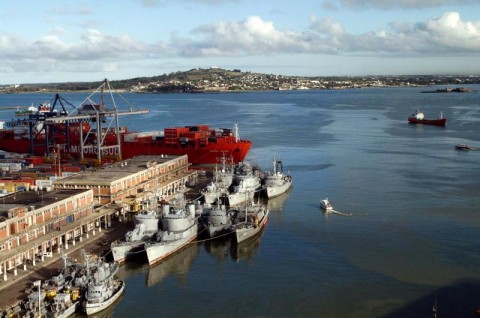Navy Fusilier Corps (FUSNA)
Summary
Data
Type of place
Location
Country
Address
Puerto de Montevideo
Institutional responsibility
Fusileros Navales
Armada uruguaya
Operating period
1972 a 1982
Current situation
Galpones de uso de la Armada
Place ID
SMLG-UYMO-13
Related victims


